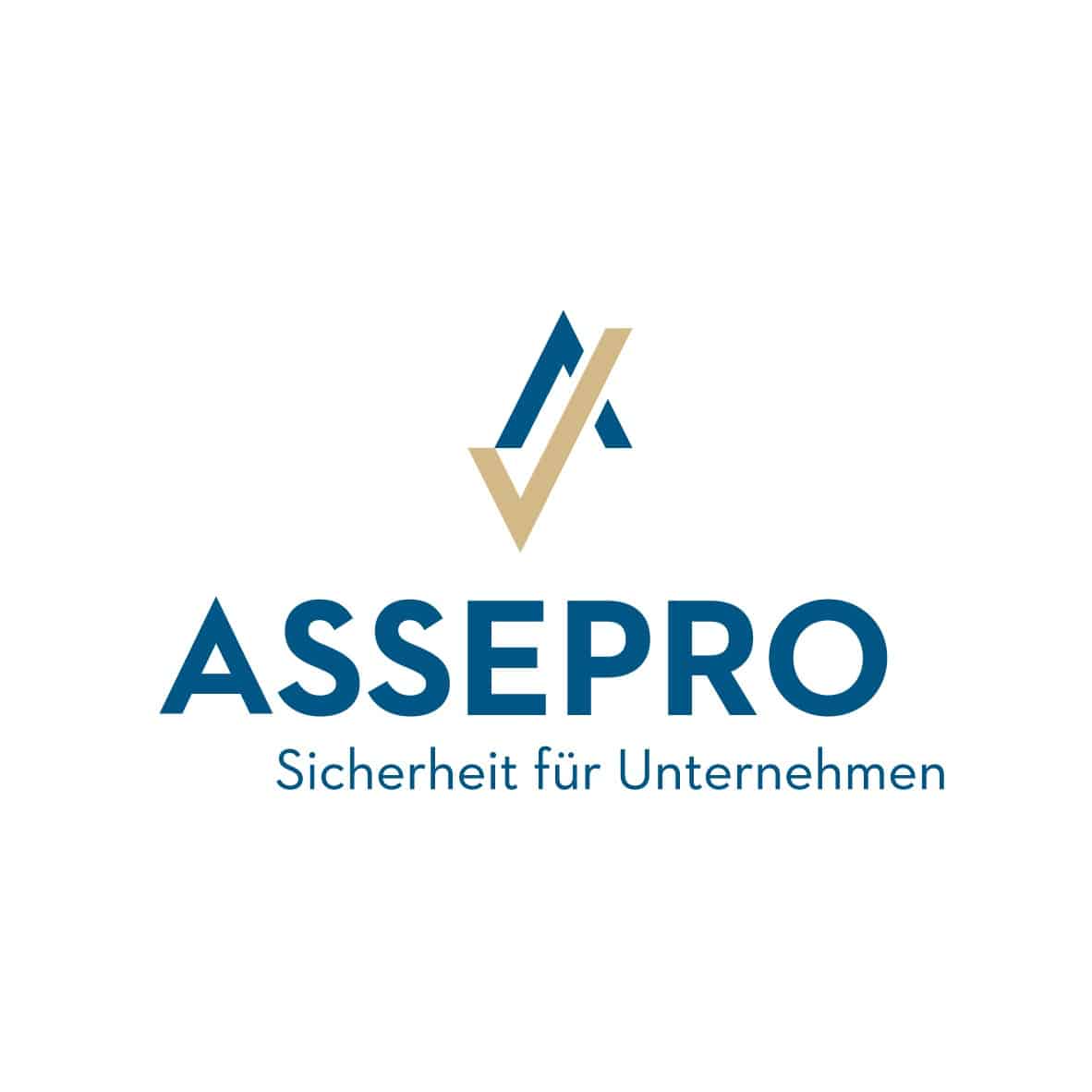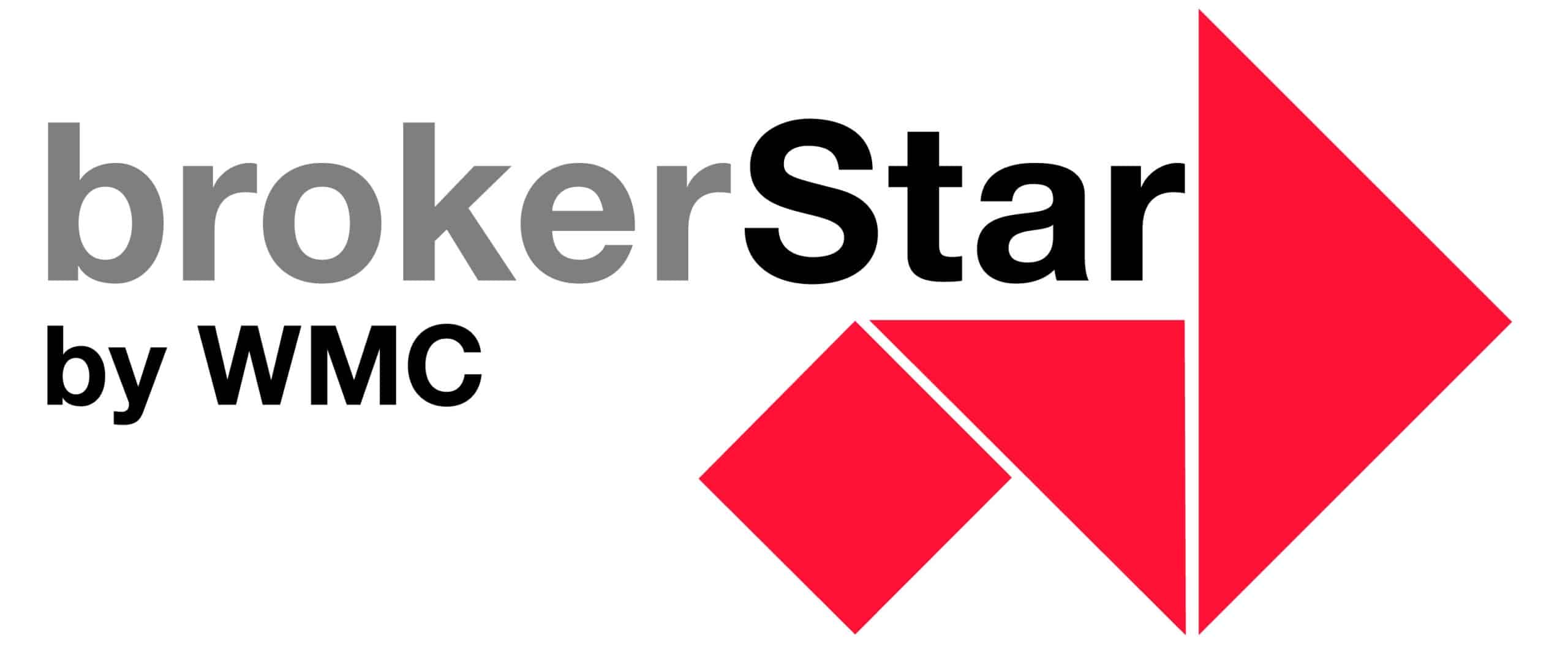Race for fusion energy: How start-ups are changing the energy market – and what this means for insurers
14 October, 2025 | Current General
The Munich-based start-up Marvel Fusion wants to generate 500 megawatts of net power with a laser-based fusion power plant and thus realize the dream of infinite, clean energy. But while billions are flowing into fusion projects around the world, insurers are also faced with a key question: how can technologies that don’t even exist yet be secured and what new opportunities does this present for risk management and investments?
Marvel Fusion, a Munich-based company founded in 2019, is pursuing an approach in which ultrashort laser pulses cause atomic nuclei to fuse. The aim is to have a commercial power plant with a net output of 500 megawatts by the mid-2030s: enough to supply a small town or a chemical plant.
A demonstrator is already under construction in the USA: in cooperation with Colorado State University, a 150 million dollar project is being developed to show the technical feasibility on an industrial scale. Financing has now reached over 385 million euros, including over 170 million in equity rounds.
Marvel Fusion relies on inertial fusion, in which laser beams compress a tiny fuel pellet until its atomic nuclei fuse. This releases energy and corresponds to the same physical principle that works in the sun. The laser approach differs significantly from the more widespread magnetic fusion concept (tokamak), which is used in international research projects such as ITER.
Following a successful proof of concept, Marvel Fusion plans to build a prototype with pilot customers by 2033. The start-up is part of a dynamic global competition: in addition to Marvel Fusion, the Munich-based company “Proxima Fusion” is also working on its own reactor and raised around 130 million euros in capital in the summer of 2025.
Race, opportunities, risks and time frame
The opportunities offered by fusion energy are enormous. It promises almost inexhaustible energy, no CO₂ emissions and only minimal radioactive waste. The raw materials used, such as hydrogen isotopes, are abundant on earth and safe to handle. If the technological breakthrough succeeds, fusion energy could end our dependence on fossil fuels and fundamentally change the global energy supply.
But the challenges are huge. The reactors have to generate temperatures of over 100 million degrees Celsius and keep them stable. Materials have to withstand extreme loads, and so far the energy required for fusion has exceeded the energy yield. In 2022, researchers in the USA achieved a positive net energy gain for the first time, which was an important milestone. Nevertheless, experts warn that the road to industrial use is still a long one.
New dimensions of risk management and sustainable investments for insurers
For insurers, this development opens up new dimensions of risk management. Fusion plants create completely new risk profiles, ranging from material fatigue, laser faults and coolant failures to cyber attacks on highly networked systems. The classic models from the nuclear energy industry can hardly be transferred here, as the physical processes and potential damage scenarios are fundamentally different.
At the same time, new opportunities are emerging in the area of sustainable investments (ESG). Investments in fusion or cleantech projects could become a strategically important component of green portfolios for institutional investors such as insurance companies or pension funds. Through targeted investments in start-ups or funds that deal with fusion or decarbonization technologies, insurers can not only generate returns, but also actively contribute to the energy transition.
Switzerland with a broader cleantech portfolio
While Germany and the USA are focusing on fusion as a key technology, Switzerland is concentrating on a broader cleantech portfolio. The focus here is on immediate impact, i.e. technologies that reduce CO₂, use energy more efficiently or replace fossil fuels.
The Zurich-based company Climeworks for example, is a global leader in the field of direct air capture and filters CO₂ directly from the atmosphere to store it permanently underground. Neology Hydrogen from Lutry develops solutions for using ammonia as a safe carrier for hydrogen, while Gaia Turbine from Lugano builds highly efficient microturbines for hydropower systems. The Lausanne-based company
Promising Swiss cleantech start-ups
According to a recent overview by Top100 Startups Switzerland, the most promising Swiss cleantech start-ups include DePoly, Voltiris and Bloom, which deal with plastic recycling, energy generation in greenhouses and sustainable materials.
The Swiss Plasma Center at EPFL and the Paul Scherrer Institute (PSI) are important players in research. Both institutes are working on basic research into plasma physics and high-temperature materials. This knowledge will be essential for future fusion projects.
Robust investment landscape
The investment landscape in Switzerland is also robust. Numerous venture capital funds, including the Foundation for Innovation and Technology (FIT), Contrarian Ventures, TiVentures and Zürcher Kantonalbank, specifically promote cleantech companies. Platforms such as Startup.ch and the Swiss Cleantech Top 100 Award create visibility and points of contact for cooperation between start-ups, investors and insurers.
Insurance with customized coverage concepts
This innovation landscape opens up several areas of activity for insurance companies. On the one hand, there is a growing need for customized coverage concepts for young technology companies that bear high investment and development risks. On the other hand, new investment options are emerging for sustainable infrastructure and technology funds that promise stable long-term returns with a positive impact on the climate. Reinsurers can also develop viable models for the fusion and cleantech sector at an early stage thanks to their expertise in the risk management of high technologies, for example in aviation or industrial insurance.
Assessment and outlook
Marvel Fusion in Germany is an example of the new energy courage in Europe. Whether the planned 500-megawatt power plant will actually be connected to the grid in the mid-2030s depends on capital, regulation and international cooperation. One thing is certain: the development of fusion energy will also change the world of insurance through new technical risks, but also through attractive investment opportunities in the area of sustainable energy projects.
In Switzerland, start-ups and investors are focusing on technologies that are already having an impact today: CO₂ capture, energy efficiency, hydrogen systems and the circular economy. This creates a dual scope for action for the insurance industry as an investor in the sustainable transformation of the economy on the one hand, and as a risk carrier for a new generation of climate-friendly technologies on the other.
So while Germany is firing the laser, Switzerland is building the basis for a resilient, emission-free energy future. For insurers, this is not just a field of observation, but an opportunity to position themselves early on as partners in the transformation.
Binci Heeb
Read also: Overshoot Day: living on credit is becoming the norm




